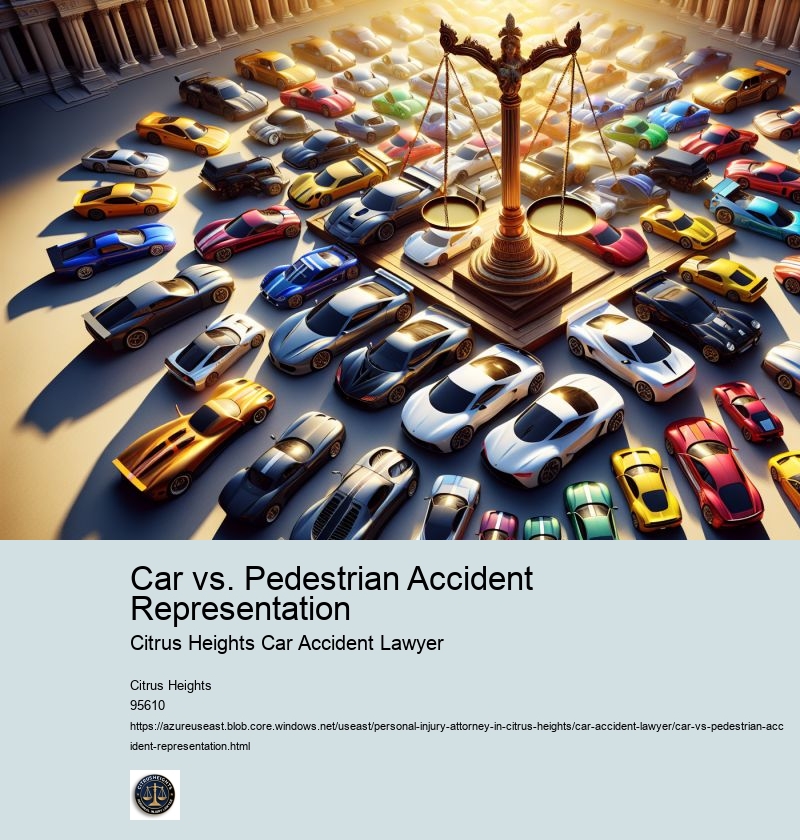Car vs. Pedestrian Accident Representation
evaluation

Whether your accident was minor or severe, speaking with a Citrus Heights car accident lawyer is a practical step. If you’ve been hurt in a car accident, speaking with a personal injury attorney in Citrus Heights can help you understand your legal options and pursue fair compensation.. You'll learn what your claim might be worth, what steps to take, and how to avoid mistakes that could hurt your recovery. The sooner you take action, the more control you'll have over the outcome. If this happens, your compensation could be reduced. This saves you time and connects you with professionals who are equipped to handle your specific type of case. These cases sometimes include product liability claims.
Start today with a Free Case Review for Car Accidents, get access to 24/7 legal help, and work with a no win, no fee attorney who's ready to stand up for your case. If you've been involved in a crash, speaking with a Citrus Heights car accident lawyer is one of the most effective steps you can take. Some claims resolve in a few months; others may require litigation and take longer. Simple claims may resolve in a few months, while others take longer-especially when future treatment is needed or the insurance company delays. The review is confidential, costs nothing, and helps determine whether you have a valid claim.
There's no retainer, no hourly billing, and no upfront cost. Our goal is to make the process efficient and stress-free. You don't have to commit to hiring the lawyer, and there's no fee to speak with them. You can also explore our Citrus Heights car accident FAQ, which addresses common concerns like how long you have to file a claim, what your rights are if the other driver was uninsured, and how settlements are typically calculated.
Car vs.
Car vs. Pedestrian Accident Representation - evaluation
- arbitration
- traffic
- justice
- physiotherapy
- police misconduct
property Pedestrian Accident Representation - Reconstruction Era
- Yuba County
- police misconduct
- Road traffic safety
- expert witness
- evidence
- data
- truck
In crashes where a vehicle flips or rolls over, a rollover accident attorney in Citrus Heights investigates causes such as road conditions, tire failure, or excessive speed. police misconduct What you say and do after the crash can influence how insurance companies treat your claim.
Car vs. Pedestrian Accident Representation - police misconduct
- Reconstruction Era
- Placer County
- arbitration
- traffic
- justice
- physiotherapy
- property
aviation accident or incident